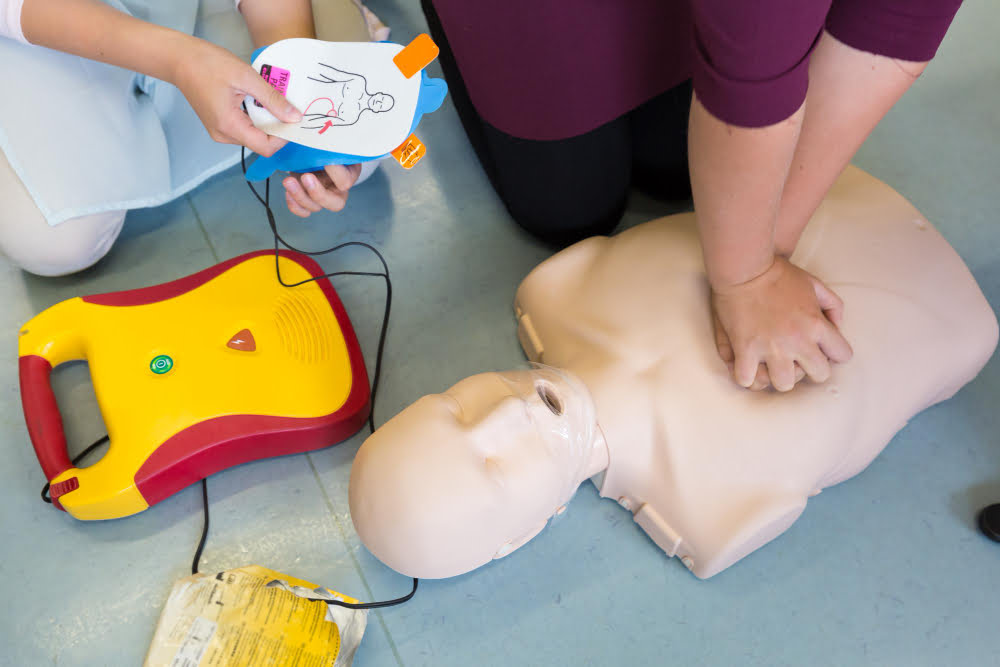
Blog
5 Things to Consider When Purchasing an AED

Congratulations! You’ve made the important decision to purchase a life-saving device for your home, business, or organization. Automated External Defibrillators (AEDs) are designed to assess and deliver electrical therapy to victims of SCA or arrhythmias in an emergency situation. In the past, only professional medical attendants and paramedics were able to use AEDs. Currently there are a large number of small, compact, and portable AEDs on the market that the average person with no medical background can operate with basic training.
But shopping for the right AED can be overwhelming with the current amount of options available. How do you know which AED is right for your purposes and what should you consider before making a decision? Keep reading for 5 things that you should consider when purchasing an AED.
Where will your AED be used?
If you are buying for your home or school, you may be looking for an AED different from the one you may buy for an outdoor setting such as a boat or campsite. Consider things like: will you need the AED to be rugged and able to withstand the harshest environments like the Cardiac Science G3 Plus? Or does it need to be ultra portable and lightweight like the Defibtech View?
Whichever AED you choose, be sure it is appropriate for the context and environment it will be used.
Who will be using the AED?
Is this a public accessible AED for use by the layperson with no first-aid training? Or will professional rescue teams or other trained individuals be using this AED? Your answer will determine if your AED has advanced features such as ECG monitoring and manual controls, or if it is simple and easy to use with features like video instruction.
Cost
You probably have a budget for these types of supplies. This can determine which AED you are able to purchase. The cost of AEDs can range from $1,500 to $5,000. Often the price reflects what features the AED has. On the more expensive side, you’ll find features such as ECG monitoring, manual override, and rugged exteriors. You may also find improved battery life and more flexible support. On the more basic end, you’ll find AEDs with the most basic, no-frills operation and features.
Support & Warranty
AEDs can come with anywhere from a 5 to 8 year warranty or more, and varying levels of support. Make sure to read the fine print when purchasing an AED so that you thoroughly understand what you are getting, and the process of contacting support or services if need be.
Training Capabilities
All AEDs should be able to be used without any training. That is one of the reasons they have the potential (and do!) save many lives. But practicing and training CAN have an impact on the response time and effectiveness of the treatment. You may want to provide those who will be using the device with training. If that’s the case, choosing an AED with training mode will be a good idea. Many AEDs are available with a training mode where the process will be followed as normal but no real shocks will be given.
Whatever AED you decide to go with, know that you are taking a step that could save many lives. According to the Heart and Stroke Foundation of Canada, AEDs used in conjunction with CPR can increase the likelihood of saving a person’s life by 75% over using CPR alone. If you have any questions or would like guidance in purchasing the right AED for you, please contact us.
About F.A.S.T. Rescue
F.A.S.T. Rescue are health and safety experts offering consulting, supplies and training solutions that help make employees safe in the workplace. We’re passionate about health and safety, offering unrivaled value and solutions with a satisfaction guarantee. Headquartered in Toronto, Ontario, Canada.








